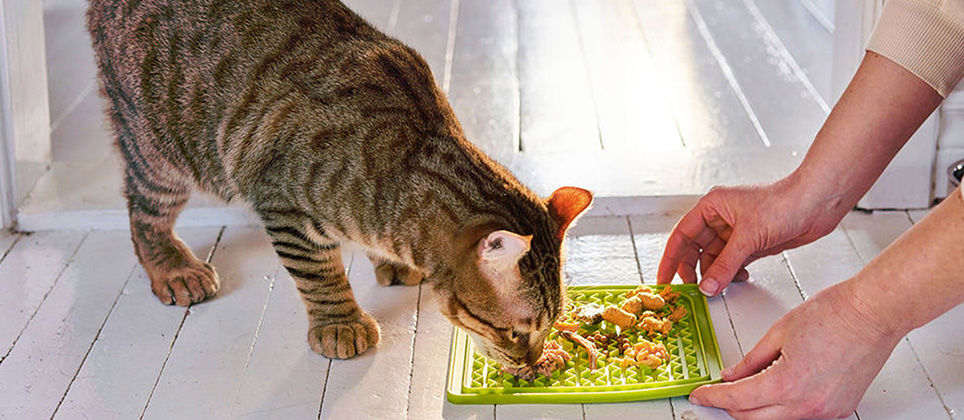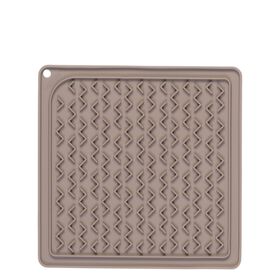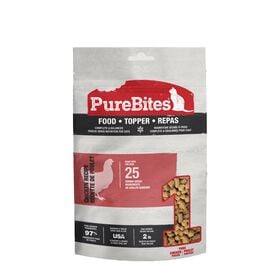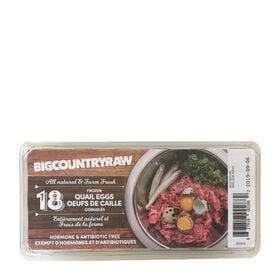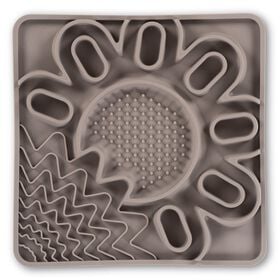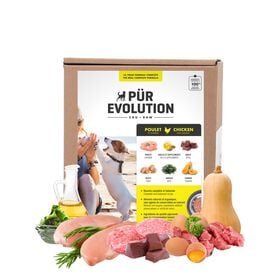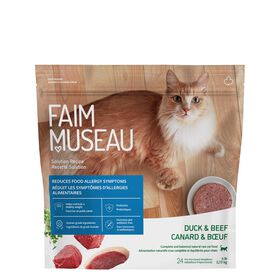
If you are planning to feed your pet raw food but are unsure of where to begin, there are some precautions and basic rules that you need to follow to ensure a smooth transition.
It is essential to make this dietary change gradually while also developing good hygiene habits to safeguard your family's health. Below are some guidelines that can help you switch your pet's current diet to raw food.
The first few days of the transition
Did you know that adding hot water to your pet's raw food can enhance the flavour and encourage them to eat? It's not mandatory, but it's a great way to stimulate your furry companion's appetite and make the transition to the new diet easier.
Also read: Raw diet fundamentals: safe practices and common mistakes
Sensitive stomachs - adult animals only
Choose a low-fat formula
If your pet has digestive sensitivity or you want to take extra precautions, it's recommended that you start the transition by giving them a low-fat formula. Proteins such as chicken, turkey, or duck are often leaner and easier for pets to digest. However, always check the fat percentage in the guaranteed analysis.
Split meals
To help the stomach digest the new food, you can also divide the daily portion into several smaller meals (3 to 5).
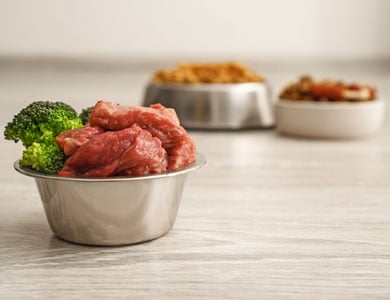
Limit the number of different ingredients
If your pet has had a history of food intolerance, it's best to choose a formula with minimal ingredients. This way, you can determine what they are capable of digesting. Once the transition is complete, you can gradually introduce new ingredients.
Dogs
Make a gradual transition to increase your pet's chances of successfully adapting to their new raw diet. It means slowly replacing the old food with the new one throughout 7 to 10 days, allowing their digestive system to adjust to the changes in food composition and new ingredients. However, keep in mind that the transition time may vary depending on your pet's specific needs. Although it is possible to make a sudden change, it is not recommended, as this can significantly increase the risk of digestive problems such as diarrhea, constipation, and vomiting, particularly when the two diets have very different compositions, such as lipid and fiber intake.
Also read: Diarrhea in pets: causes, symptoms, and how to provide relief at home
Cats
Cats' transition can sometimes be more difficult if they are not exposed to this type of food early in their development. To increase your chances of success, we recommend choosing a canned food that your cat particularly enjoys and gradually mixing it with the new (raw) food. It is also possible to add lyophilized food pieces to increase the meal's palatability.
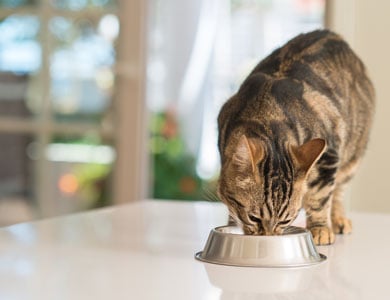
Puppies & kittens
Simply make sure you choose a food that meets all the nutritional requirements needed to support the growth of the animal type concerned (puppy/kitten food or food for all life stages).
Opt for a diversified diet
If you intend to feed your pet raw and dry or wet food, you can serve them in the same meal or separate meals. Most animals can tolerate a mixture of the two diets without any issues.
When choosing raw food for your pet, consider their age, activity level, and environment, and adjust their diet accordingly. Read the daily recommended rations carefully in relation to your pet's actual weight and review their diet ratios regularly. Also, do not hesitate to seek advice from one of our in-store specialists.
Following these tips and rules can significantly increase your pet's chances of successfully transitioning to raw food!
Also read: Raw diet 101 for pets: a comprehensive guide
